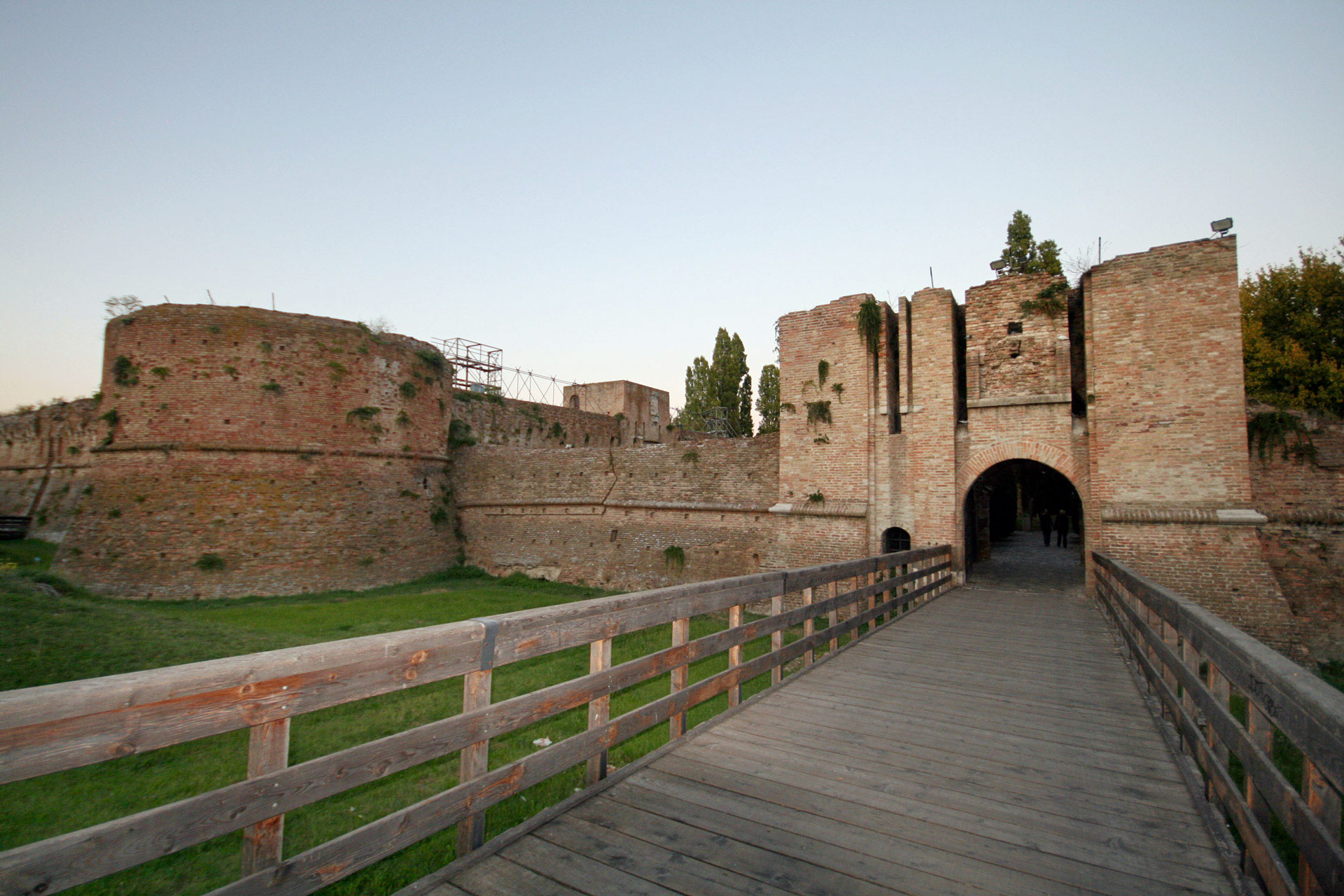© Luca Concas
Et manchi Pietà
Inspired by Artemisia Gentileschi and the music of her time
Accademia d’Arcadia
Silvia Frigato soprano
Alessandra Rossi Lürig spinet, orchestration and arrangement and arrangements
Davide Monti, Gian Andrea Guerra violins
Valentina Soncini viola
Claudia Pasetto viol
Nicola Brovelli cello
Matteo Cicchitti violone
José Manuel Fernández Bravo flutes
Pietro Modesti cornett
Marta Graziolino Baroque harp
Giovanni Bellini theorbo and Baroque guitar
Matteo Rabolini percussions
Luigi Accardo harpsichord
video curated by Anagoor
video direction and editing Simone Derai, Marco Menegoni (Leone d’Argento Venice Biennale, section Theatre 2018)
music Claudio Monteverdi, Giovanni Maria Trabaci, Barbara Strozzi, Lorenzo Allegri, Luigi Rossi, Tarquinio Merula, Giovanni Battista Fontana, Andrea Falconieri, Stefano Landi, Dario Castello
A motherless orphan, Artemisia was trained in Rome in her father Orazio’s workshop, together with her brothers and other male apprentices. After a rape by her father’s collaborator, Agostino Tassi, she was involved in an infamous trial where her father’s honesty and her own morality were questioned. Despite winning her case, Artemisia left Rome. Her strained relationship with her father did not prevent him from acknowledging her talent: he always supported her with his customers, and even asked her to join him in London at the court of Charles I to work on his important last work, The Triumph of Peace and the Arts.
Artemisia Gentileschi, her life and her extraordinary art have inspired a video opera with live music, conceived by Anagoor and Accademia d’Arcadia in the wake of an important exhibition at Palazzo Reale (Milan, 2011), which definitely established Atemisia’s fame with the general public. The first to recognise her, about a century earlier, in 1916, had been the art critic Roberto Longhi and his wife, Anna Banti: while Longhi’s landmark essay praised the artistic production of both Gentileschis, father and daughter, Banti celebrated Artemisia in a novel whose original manuscript was lost when the Germans burned down the writer’s house during WWII, and reconstructed by memory after the conflict.
The importance of music in this video portrait should not be surprising, since Artemisia was also an accomplished lutist, who entertained extensive correspondence with several important contemporary composers. And it is precisely through the music of these composers that Artemisia’s journey through the Italian peninsula unfolds.


